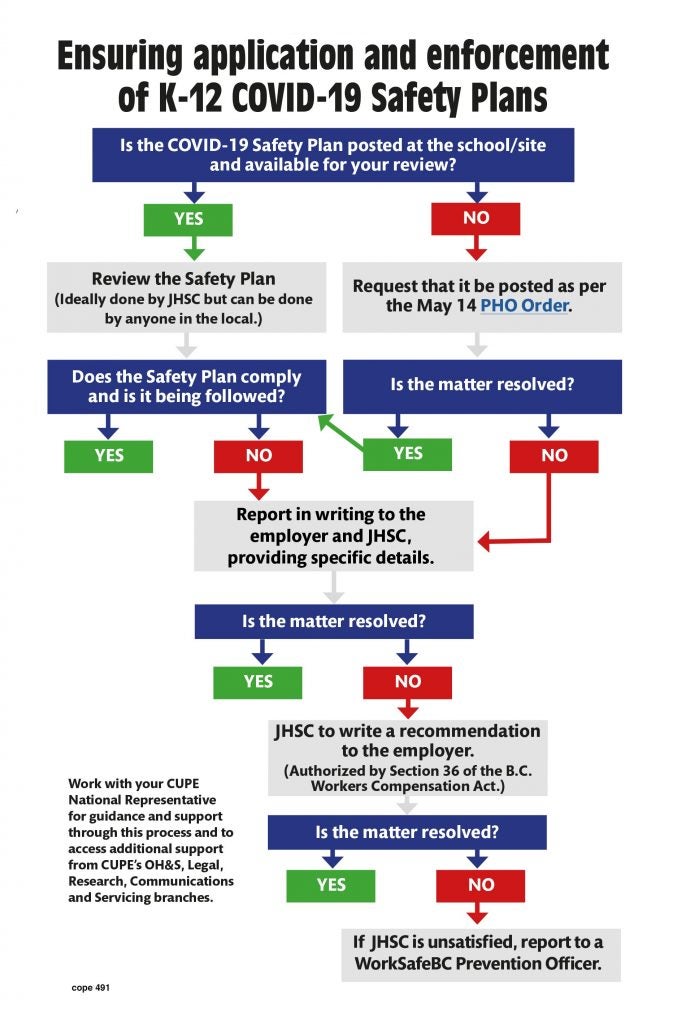As we prepare for winter break, your K-12 Presidents Council executive wants to thank you for going the extra mile in this unprecedented, difficult year. All of you — members, local executive and presidents — have tirelessly continued to support students and staff throughout this pandemic.
One of the enjoyable things about the holiday season is thanking the people who are important in our lives. We want to thank K-12 support staff in every classification. Many of you put your own fears aside to keep classrooms open.
Here are just a few highlights. Custodians finally received much-deserved recognition for the critical role they play in keeping schools safe and sanitized. IT has ensured that technology works and supports student cohorts. Education assistants have helped students in classrooms, reminding them to continue practicing physical distancing and keep safe. Clerical has kept everyone in school informed on the latest guidelines. Trades and maintenance workers have ensured that proper ventilation and hand washing stations are in place and working. And bus drivers are still getting students to school and home again safely despite the pandemic.
We are now hopeful because there is light at the end of the tunnel. Vaccination for the coronavirus has begun in B.C. under the direction of PHO Dr. Bonnie Henry. We must remain vigilant and safe so that we can all be together in the better days to come.
Again, thank you for everything you have done in 2020. The K-12 Presidents Council wishes all of you a safe, happy and healthy holiday and new year.
In solidarity and safety,
Warren Williams
Nicole Edmondson
Jane Massy
Paul Simpson
View PDF

